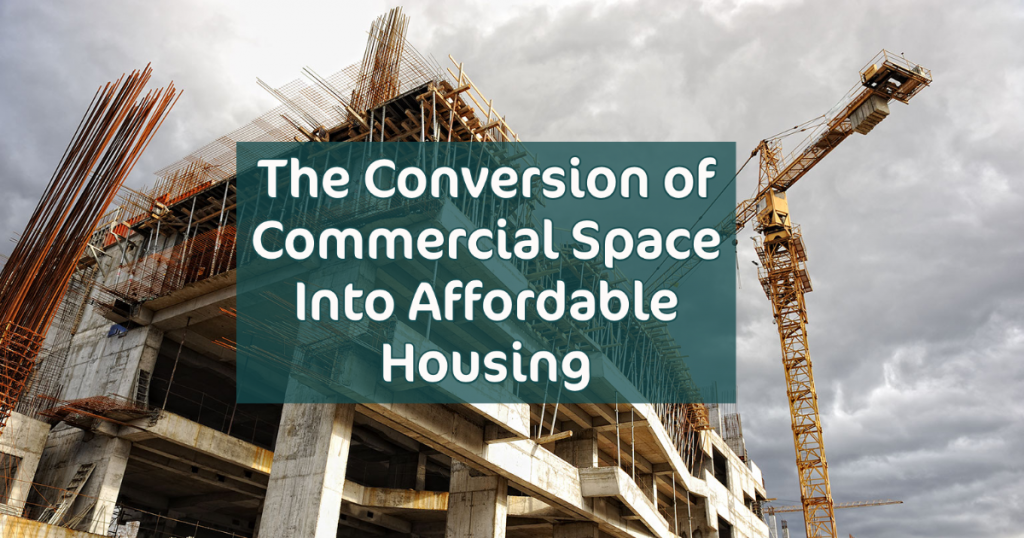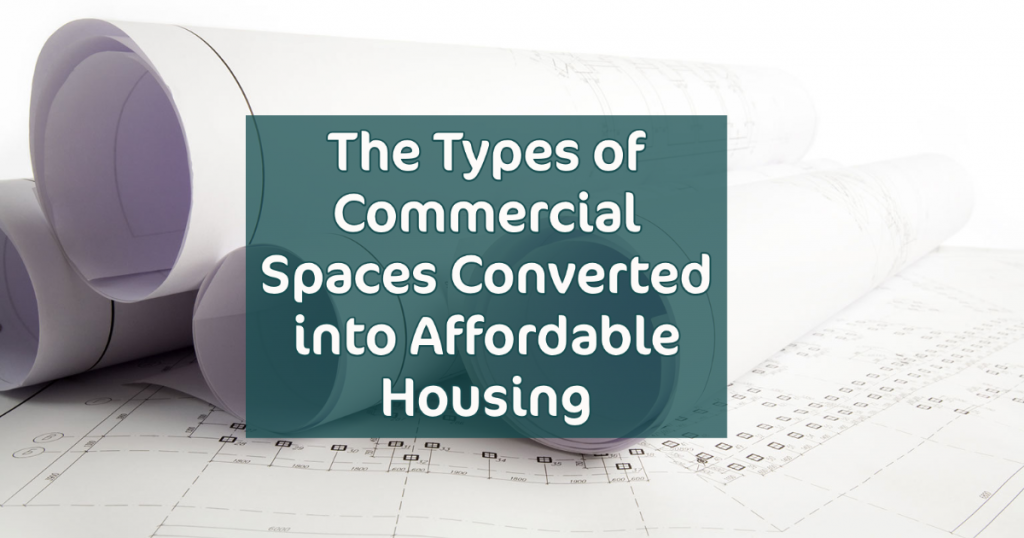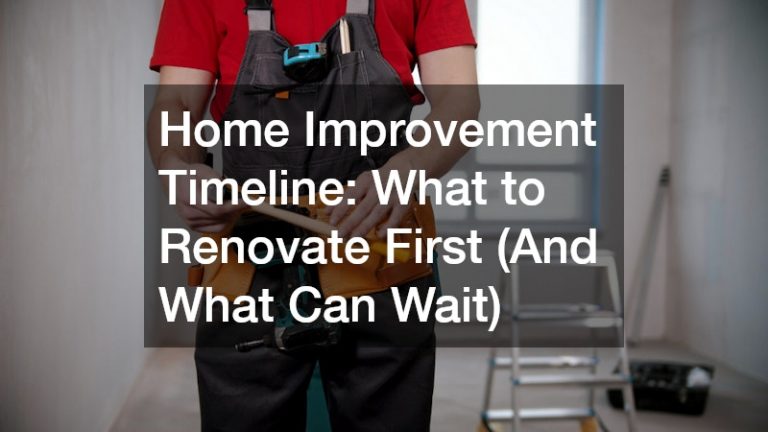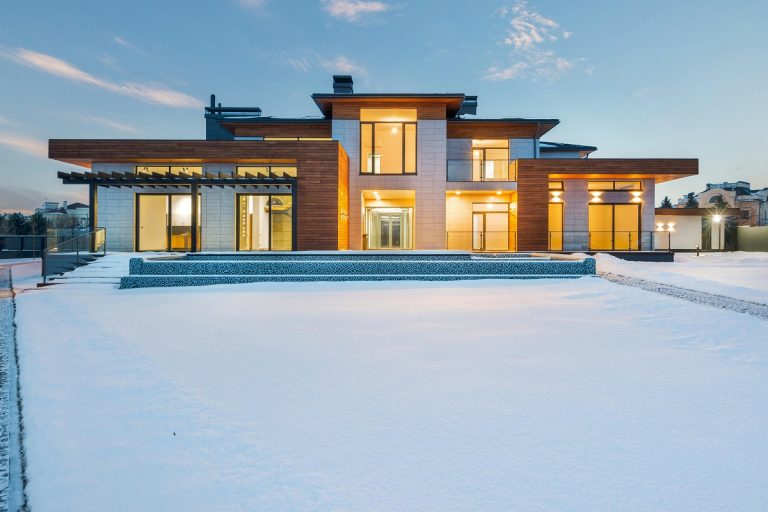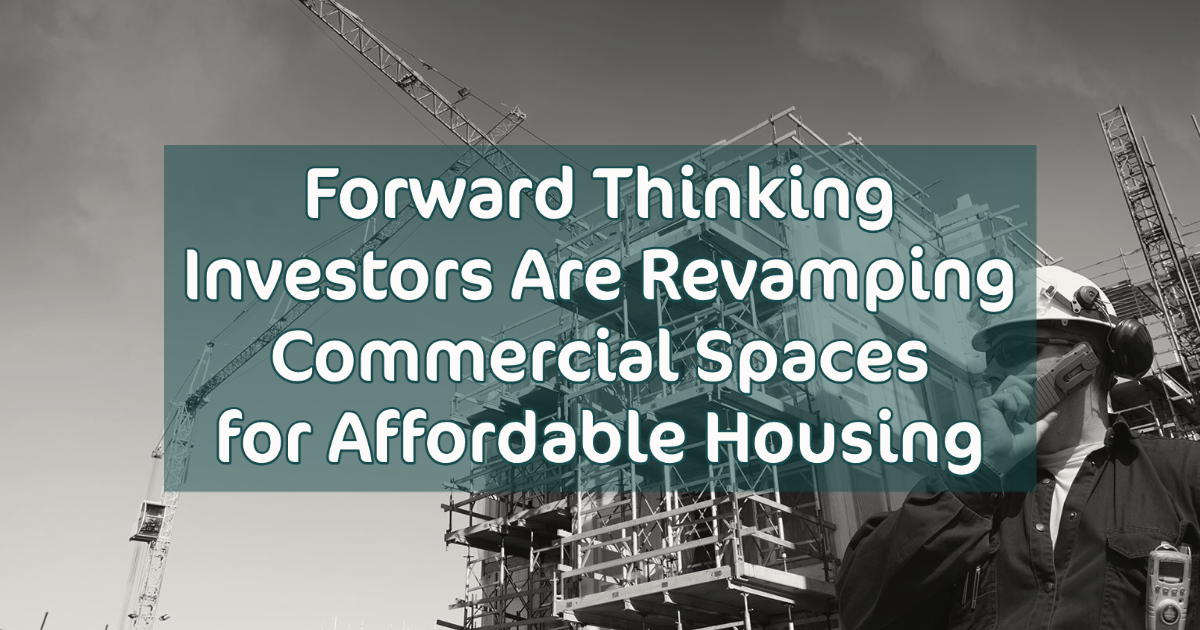

Old buildings and, in particular, old hotels are being given a new lease on life and the opportunity to contribute to the affordable housing development process; and if this tactic proves successful in the long term, Americans may see it being used to further “recycle” more buildings in time. One recent example is that of an older Days Inn Hotel. Having been vacant for the previous eight years, the hotel, located in Branson, Missouri was bought by a construction company based in Los Angeles. The company made the purchase as a part of its effort to convert older and unused commercial spaces into affordable housing.
This is meant to address a glaring issue in the United States today. More people in the U.S. are experiencing homelessness, and that is in part due to the fact that affordable housing is hard to obtain. There has been a shortage of affordable housing for some years now, and it can be difficult for new spaces to be built from the ground up specifically to be affordable. One of the reasons why these older commercial spaces often function more efficiently as a part of the affordable housing development process is that these spaces are already existing. Many are furthermore in poor condition and have dropped significantly in value over the years. By buying these spaces and converting them into affordable housing spaces, construction companies actually have the opportunity to make them more attainable for people in need and more useful for companies in general.
This has been done in other nations prior to being brought as a strategy to the United States. Richard Rubin, the founder of Repvblik, is originally from South Africa. Originally, these conversions were popular there, where affordable housing was similarly needed. Essentially, these buildings could strike the right balance for people that need affordable housing but are not necessarily poor enough to qualify for subsidized housing. A popular misconception is that individuals denied subsidized housing are able to afford typical housing across the U.S. But the reality is that there is quite a wealth gap between people that can afford most homes on the traditional market and those that receive subsidized housing. In that gap falls a large number of people that cannot afford to pay for most of the homes in their area.
Understanding the Importance of Affordable Housing
There are many reasons why the affordable housing development process is so crucial in the United States. In recent years, both activists and politicians have become increasingly critical of the wealth gap in the country. However, that wealth gap still exists and shows few signs of diminishing in the near future. In many states, the minimum wage can be as low as $7.25 per hour. This means that even people working 40 to 80 hours a week may have a difficult time paying for housing solely for themselves, let alone housing for their families as well. With housing comes utility bills. Additionally, many people are currently being forced to work from home due to the COVID-19 virus, which cannot be done without a strong internet connection and in some cases dedicated internet access rather than shared internet access. After adding in the other expenses that come with general life, the cost of living can rise quite quickly.
Another issue that should be considered is the fact that many Americans are currently in debt. It can be difficult for people to attend college without taking out student loans. These student loans can be federal loans, which are often subsidized or low interest, but nonetheless can take years to pay off. But other student loans come in forms similar to private money loans. These loans can force Americans to deal with not only their original debt but high interest rates. At the same time, loans are often required to buy houses, which ironically can make it difficult for people to obtain affordable housing. Medical debt is the third type of debt that many Americans are currently saddled with.
When individuals are paying off their debts over time, it can be difficult for them to afford basic living expenses. This is why affordable housing is so necessary in the current economic climate within the United States. People may make a typical salary yet remain unable to afford housing, both due to the debt with which they may be weighed down and the rising cost of housing in general.
The Conversion of Commercial Space Into Affordable Housing
The process of converting commercial space into affordable housing can be somewhat complex. Although it could be easy to assume that the resulting product would be quite basic and perhaps even inferior to typical housing, this is not necessarily the case. Some types of subsidized housing have been made quite cheaply, offering few amenities and low quality construction. But when utilizing commercial space, the affordable housing development process can yield very different results.
The Days Inn project in Branson will be known as Plato’s Cave and will be created to be pleasing on both aesthetic and practical levels. The building will receive fresh coats of paint, as well as impressive amenities including a gym, a basketball court, an onsite laundry, smart televisions, laminated wood floors, and air conditioning. Additionally, utilities will actually be included. This, and other factored in covered expenses like potential HVAC repairs can make this type of housing option much more affordable to those in need.
Rubin is tackling this project, among others, without federal funding. When converting commercial spaces through the affordable housing development process, rather than creating new buildings from the ground up, working without federal funding is more attainable. It was crucial for Rubin to work with the help of investors, which does present a certain amount of challenges. Essentially, investors would need to be committed to financing remodeling projects that would ultimately create cheap rental properties for tenants that are considered high risk. High risk tenants are often overlooked by investors, due the concern about whether or not they will make their payments in a timely manner. But Rubin was able to convince investors to fund his projects, in part because some investors still do want to invest in projects that do good for others. At this time, Repvblik has in its possession 2,000 units spread across 10 different properties, and Rubin intends to expand in the coming years.
These types of properties could potentially be more appealing to those in need of affordable housing, and in turn, those typically high risk tenants may want to work harder to retain the properties. It is true that many traditional affordable housing options can be lower quality, and therefore less appealing. But if a commercial space is converted to offer features that sometimes cannot be found in other affordable housing options, like wood flooring and updated appliances, there will be more competition for that converted commercial space. In this sense, as many investors appear to have observed, there is the opportunity for a return on investments and great success.
Many commercial buildings do offer the basic foundations for affordable housing and can be converted relatively affordably. Many of the necessary additions and alterations, like architectural tile and stone, can be sourced at relatively low costs. A building like the Days Inn could for example be converted by breaking down walls, after which studio and one-bedroom apartments could be constructed. These apartments would be rented for $495 to $695. On a general level, this means that the pricing for tenants can fall in a perfect range. People that can afford this price range would typically be unable to afford standard housing, but would make too much money to qualify for subsidized housing. The amount that a tenant can afford in rent will vary from location to location, and part of the affordable housing development process centers around determining what a potential tenant can afford.
The Types of Commercial Spaces Converted into Affordable Housing
The affordable housing process is simplified somewhat when the commercial spaces utilized more closely resemble housing originally. A project like Plato’s Cave is given something of an advantage in that the original space was a hotel, and therefore equipped with the basic electrical wiring, plumbing, and amenities associated with residential properties. For example, the outdoor space associated with a Days Inn hotel could be similarly be offered to tenants in an apartment complex. Additionally, it is not always necessary for the buildings themselves to be completely gutted prior to their renovations. Usually, stainless steel pipes in standard conditions can potentially last longer than 100 years. If hotels have these pipes present, they could potentially be used within an affordable housing complex. But hotels are not the only types of spaces that can be converted.
One group, for example, will be converting a 19th-century school building into affordable housing opportunities. The building will ultimately become 16 different multifamily units, accommodating over a dozen families. Office buildings could also be converted into affordable housing complexes, as can banks. There could in the future be more of an opportunity to source these types of buildings for the affordable housing development process, due in part to the ongoing pandemic. The COVID-19 pandemic has unfortunately forced many businesses to shut down. Some that are currently still in operation have entirely moved those operations into home offices. This means that they may permanently vacate their work spaces. Those commercial spaces may then be converted into affordable housing units. The reality is that the office footprint may be shrinking, and converting empty buildings into affordable housing complexes could actually be a boon for the U.S. economy. Not only will people continue working, if only from home; but there will be opportunities for contractors and construction companies to convert these existing buildings into housing spaces. Of course, investors will also benefit from the revenue generated from these housing projects.
This could signal shifts for many different cities. Business districts could eventually become more urban and home to housing rather than stores. While this could cause something of an economic shift as continuing businesses relocate to new areas or shift to work from home models, the existence of housing complexes will provide other opportunities. Janitors, handymen, managerial staff, and the cleaning staff will need to be kept on hand for these affordable housing complexes. These complexes will still be in need of parts replacement services and updates over time, as well as staff for their housing offices and property management services. The affordable housing development process may cause economic shifts, but these shifts should not be equated to losses.
In the long term, developers and investors will further be able to take the revenue generated from these projects and explore further real estate investments across the nation. While tenants may pay less for housing units created through the affordable housing development process, the creation of these housing opportunities essentially takes advantage of an existing market that has been somewhat untapped. Although these tenants are considered high risk, there is a large amount of them across the nation. This is why investors are willing to offer them not only housing but finance options as well. Over time, as these tenants are able to stabilize, they will potentially become less high risk. Landlords of affordable housing complexes may need to be prepared to offer leniency and different payment option for tenants at first. But over time, this could pay off in dividends.
The existence of affordable housing in spaces that were previously languishing and unused will also allow for the aesthetic improvements of the surrounding areas. Investors may need to contract a pavement maintenance company, for example, to improve the surrounding pavement, as well as landscapers for nearby gardens. This could ultimately result in a more attractive and therefore more valuable area in general.
It remains to be seen if the conversion of commercial spaces for the affordable housing development process will become popular. But it could potentially provide solutions for investors and those in need of affordable housing options.

